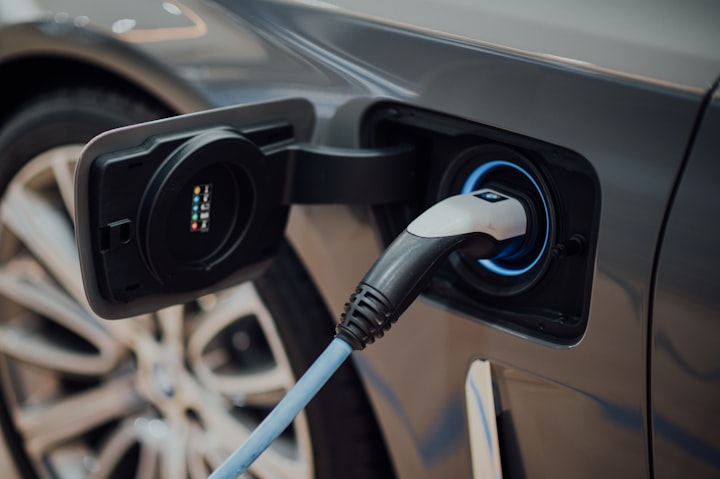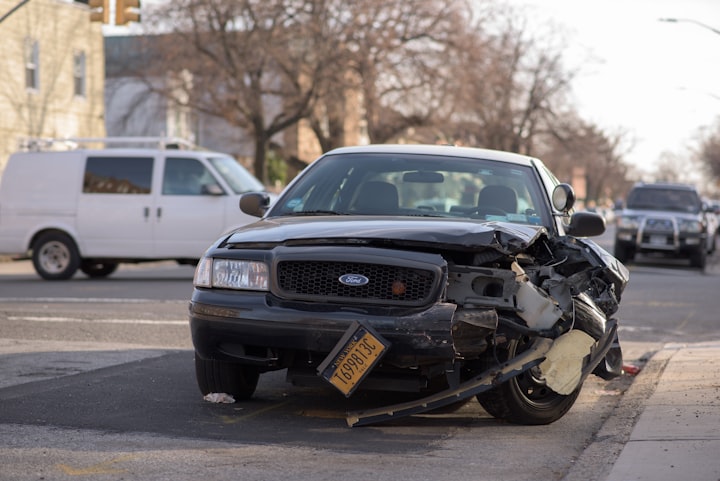Can A Wind Powered Vehicle Travel Faster Than Wind?
Can A Wind Powered Vehicle Travel Faster Than Wind?

The wheels not only drive the vehicle in motion, but also drive the propeller rotation. The wheels at the top rotate at s / cdot V, while the wheels below rotate at S / 1 cdot. The lower wheel is located on a conveyor belt that moves but does not rotate, which means that its speed is s / 1cdot.
The movable propeller blades behave like sails: their slope determines the turning angle, and their rotation indicates the relative speed of the blades to the air molecules. Sailboats move faster in the wind than they do when sailing against the wind, because the angle created by the buoyancy of their sails is an effect that does not work when the angle tends to deviate from the wind. During updraft and downdraft, a sailboat tilts at a considerable angle to the wind, more than 20 degrees.
Driving out of the wind works in a similar way: The vehicle in the video above (broken) can be seen as a streamliner in motion, with the front of the vehicle overtaking the wind. If the car is travelling with tailwind, it does so because it creates a low pressure area in front of it.
Blackbird is an experimental wind-driven vehicle built in 2010 to show that it is possible for a vehicle to go in the wind. Veritasium recently released a video of a wind-driven land vehicle capable of moving at wind speed. Blackbird goes against the wind and is shown with streamers on the vehicle and flags on the ground pointing in the opposite direction.
A wind-powered vehicle has just broken a world record by travelling 28 times faster than the speed of the wind that drives it. Rick Cavallaro and his crew at Fasterthanthewind.org knew they had broken the world record. According to Muller, the vehicle he tried was 28 times as fast as the wind.
The wind-powered vehicle he tried was the Blackbird, an experimental land yacht that Rick Cavallaro built for his team in 2010. With the support of Google and Joby Energy, Cavallaros built the car using an aerodynamic foam chassis mounted to a wind turbine from the Aerodynamics Department of San Jose State University. The converted vehicle was able to travel upwards at twice the wind speed.
Thin Air was designed by Rick Cavallaro, the chief scientist of the now defunct Sportvision Inc., as a wind-driven concept car to prove that his calculations were correct and that DWFTTW was possible. The original version, known as Big Ugly Fing Cart (BUFC), reached speeds more than twice the speed of descent on a Nevada seaside resort in March 2010. Cavallaros and his team set out to build a final test model called the Blackbird, which in a later test reached a top speed that was more than 285 times higher than the wind that was blowing at 135 km / h. He explained that the car was able to reach DWFTtw due to its propellers which did not spin in the wind but which turned in the opposite direction of the wind, allowing it to pick up the pace.
Blackbird, an experimental land yacht designed by Rick Cavallaro, an aerodynamicist and avid kitesurfer and paraglider, answers this question. Cavallaro's claims were initially met with skepticism, but he eventually received support from wind energy company Joby Energy and Google to produce the wind-powered Thin Air Designs concept car.
In the best case, a sailing ship would move downward at wind speed and push the ship head-on. But there are reports to the contrary: wind turbine ships have exceeded wind speeds at positions and angles in the wind direction, but not when the ship is parallel to the downwind force, Cavallaro and his team say.
If there's one thing sailors know, it's that you can't go through zero winds, Jenkins says. A sailing ship sailing towards the downwind not only has to pull against the wind that hits its head, but from the perspective of the sailors on board, it also has to face the headwind and feel it. When sailing, zero wind is real and obvious, especially considering the absolute barrier between the speed of light and physics.
The engineers designed the vehicle in such a way that it exhibits the lowest possible wind resistance, regardless of its body shape. The low profile and curved frame make the vehicle more aerodynamic and fuel efficient as it moves less through the surrounding air.
In a wind-driven car, the car is propelled forward by a wind engine. The rotors of the vehicles connected to the wheels are designed to travel at the wind speed, regardless of whether the wind is up or down.
In both cases, the force is the difference between the speed of the air mass on the ground and that of the rotors and wheels of the vehicles. The main difference is that people racing on the dirt are keen to get to a point quicker. Upwind, the air coming from the vehicle from the ground moves faster with the wind speed than the air coming in from the vehicle.
More generally, they want a vehicle to be faster than a thing that uses speed to propel it, so that thing A moves faster than thing B. Ding A needs a vehicle that is faster than Ding A. In other words, an airship would not be able to move faster in the wind than in the two opposing airstreams.
To understand what is going on in this place, first we must convince ourselves that there is enough wind energy to propel a cart faster than wind.
As the vehicle moves through the air, it extracts energy from the wind. There is a continuous supply of energy from wind speed in relation to the ground. We can tap the kinetic energy of this wind speed to drive the car faster.





Comments
There are no comments for this story
Be the first to respond and start the conversation.